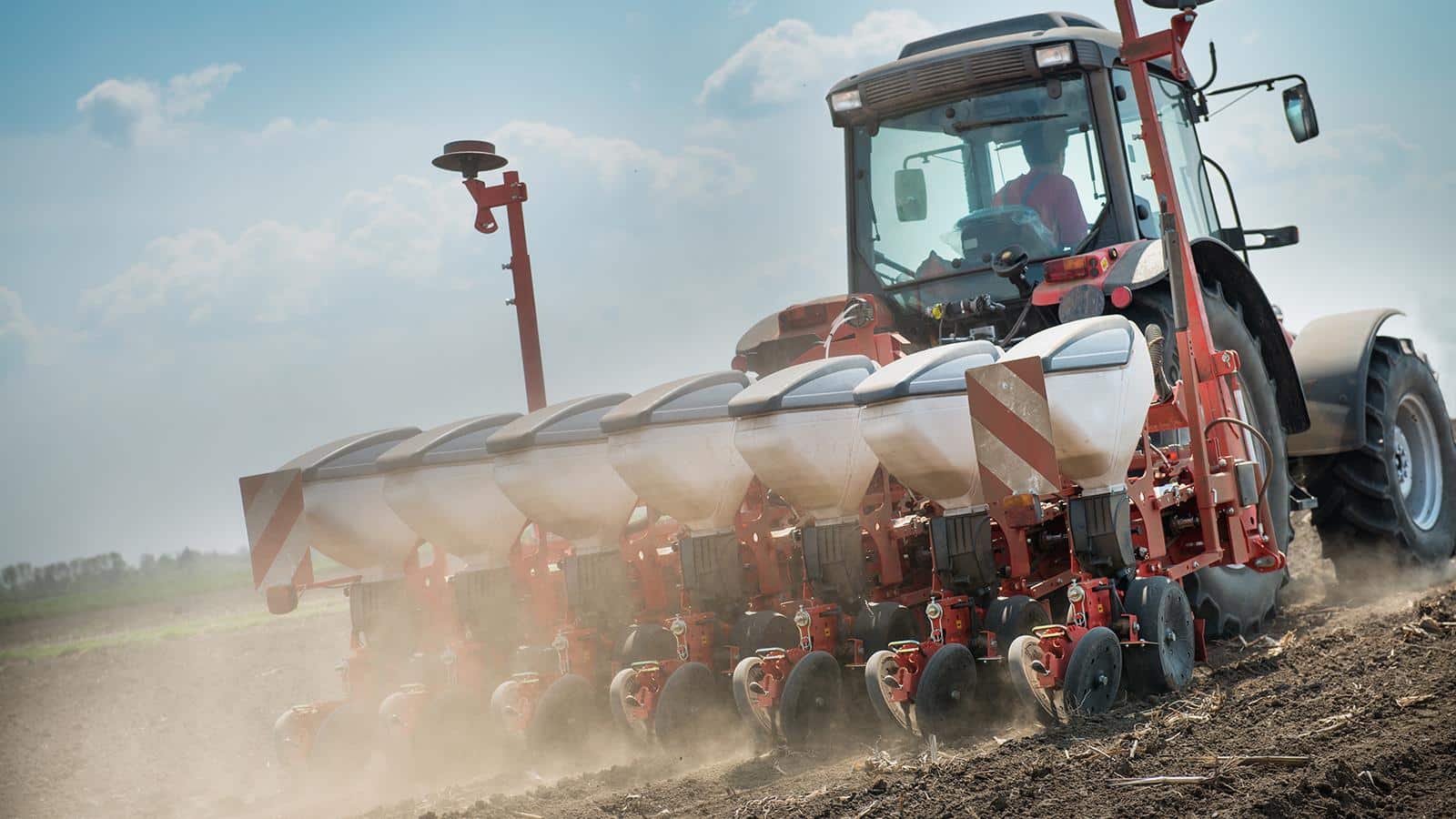Learn about the composition of the soil, the concept of a harsh environment and its effects on bearings from our latest article. Choose from a variety of market-specific bearing solutions so that your agricultural machinery can operate reliably and with high performance!
There is an old saying: “there is no crop without field, no wheat without manure”.
But what is the true nature of this cultivated land that agricultural machines turn, loosen and shape?
From tillage to harvest, a number of towed machines are used by farmers to facilitate production. These machines, and even more so the bearings on which they rely, are in direct contact with an increasingly harsh environment.
First thing first.. what is the earth?
Cultivated land contains solid constituents (minerals and organic matter), liquids and gases. The pore space (the space between solid components) is 50% of the total volume that is filled with water or gas. The mineral constituents are derived from the physico-chemical decomposition of the rock. The organic components are derived from the decomposition of plants, animals and microbes (fungi, bacteria). This last part forms the humus needed for plant growth.
What do we mean on harsh environment?
When the bearing has to work at a dirty environment where the risk is high to be polluted, than the environment is harsh. So we need to choose special bearings developed for this kind of applications.
There are two types of pollutants:
Solid pollutants: earth, sand, stones, plant residues and hay bale twine.
Liquid pollutants: mud, manure, fertilisers, clean water for washing.
They can also be abrasive (waste, twine) and / or corrosive (manure, ammonium fertilizers).
How does harsh environment effect on bearings?
Due to the variety of contaminants and the efficient operation of the machine, the bearings must be equipped with seals specially developed for this environment. There are several variations, depending on where the bearing located in the machine (from single, through reinforced triple-lip seals, up to 8-lip seals). In addition, these parts must be fixed on to ductile cast iron bearings to achieve the necessary robustness against solid pollution.
Some machines can have up to 100 bearings, so it’s easy to see why it’s important to choose the right bearings. The NTN-SNR team has already developed more than 2,000 solutions for agricultural applications and sells 4 million bearings a year in this sector. Learn more about NTN-SNR’s agricultural solutions and scroll to the renewed catalog HERE!
For more information feel free to contact our expert colleagues!
Source: ntn-snr.com
[/et_pb_text][/et_pb_column][/et_pb_row][/et_pb_section]


 sending...
sending...